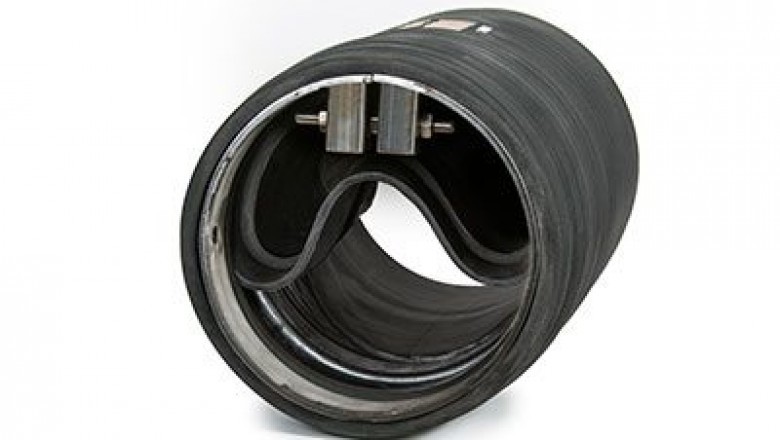views

Inspired by nature, the duckbill valve is a simple check or one-way valve that is formed from a flexible material such as rubber or some other elastic material. Typically, the two halves form a beak-like appendage that allows a fluid to flow easily in one direction. A key characteristic of the duckbill check valve is that it requires no intervention to open or close and operates as a result of a pressure differential across the valve – the pressure from a liquid pushes the two-halves apart allowing the fluid to pass through. Conversely, the design of the duckbill valve is such that any flow that moves in the opposite direction causes the two halves to close together. This prevents the passage of any liquid and generally the higher the reverse pressure the tighter the valve closure. While commercial and industrial versions of the duckbill valve typically comprise of two elements, in nature three section types are also found, the mitral valve of the human heart for example closely resembles a rubber duckbill valve.












